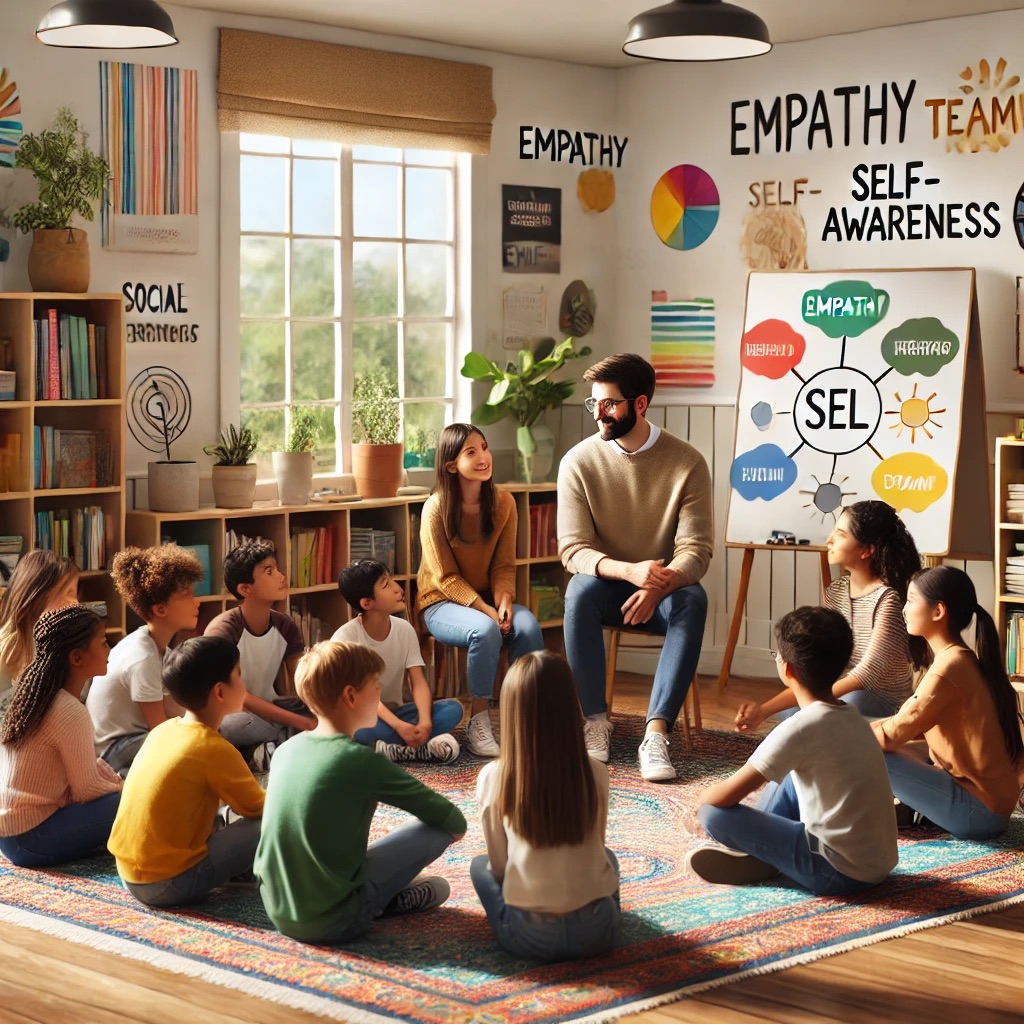How to Recognize Authentic People: The Traits of Genuine Individuals

In a world where social interactions can sometimes feel superficial, authenticity stands out as a rare and valuable trait. Genuine people inspire trust, form meaningful relationships, and create positive environments. Recognizing authenticity is essential for building strong personal and professional connections. This article explores key traits of authentic individuals, supported by psychological research and references.
1. Consistent Behavior – The Same Across Situations
Authentic individuals maintain consistency in their behavior across different contexts. According to Sheldon et al. (1997), people who exhibit behavioral consistency across situations experience higher levels of psychological well-being. Consistency reflects a stable sense of self, making it easier to trust authentic individuals.
2. Honest and Transparent – Speaks the Truth with Kindness
Genuine people value honesty but express it in a way that is respectful and constructive. Research on interpersonal trust suggests that honesty fosters deeper relationships and higher life satisfaction (Baumeister & Leary, 1995). They do not manipulate the truth for personal gain but rather use honesty to build meaningful connections.
3. Empathetic and Compassionate – Cares About Others’ Feelings
Empathy is a defining characteristic of authenticity. Studies show that people high in empathy are more likely to engage in prosocial behaviors and build stronger social bonds (Batson, 1991). Genuine individuals acknowledge others’ emotions and offer support when needed.
4. Takes Responsibility – Owns Up to Mistakes
Authentic people admit when they are wrong instead of shifting blame. Psychological studies suggest that taking responsibility enhances trustworthiness and credibility in social interactions (Weiner, 1986). They learn from their mistakes rather than making excuses.
5. Shows Up for Others – Present Beyond Personal Gain
True friends and colleagues are there for you even when they have nothing to gain. Research by Reis & Shaver (1988) on close relationships emphasizes the importance of responsiveness in building deep, meaningful connections. Unlike inauthentic individuals who appear only when they need something, genuine people maintain relationships through both good and bad times.
6. Sincere Smiles – Expressions Reflect True Emotion
Facial expressions reveal authenticity. A study by Ekman & Friesen (1982) distinguishes between genuine Duchenne smiles, which engage both the mouth and eyes, and fake smiles that lack true emotional warmth. Authentic people express genuine joy when interacting with others.
7. Delivers on Promises – Follows Through with Actions
Authentic individuals do not make empty promises. Research on credibility suggests that people who follow through on commitments are perceived as more reliable and competent (Hovland et al., 1953). They align their words with their actions, strengthening trust in relationships.
8. Humble and Grounded – Does Not Seek Attention
Genuine individuals do not need constant validation or admiration. A study by Owens et al. (2013) on humility and leadership found that humble individuals are more respected and trusted. They acknowledge their strengths and weaknesses without arrogance.
9. Self-Aware – Knows Who They Are
Authentic people have a strong sense of self-awareness. According to Kernis & Goldman (2006), authenticity is linked to self-reflection and personal growth. They do not conform to societal pressures but stay true to their values and beliefs.
10. Deep Conversations – Engages in Meaningful Dialogue
Authentic people seek meaningful connections rather than engaging in superficial small talk. Mehl et al. (2010) found that people who have substantive conversations experience greater well-being. They ask thoughtful questions and listen attentively, showing genuine interest in others.
11. Non-Judgmental – Accepts Others Without Harsh Criticism
Rather than being overly critical, genuine people approach differences with understanding. Rogers (1959) emphasized unconditional positive regard as a key aspect of authentic relationships. They accept people as they are, fostering inclusivity and trust.
12. Supports Others’ Success – Encourages Rather Than Competes
Instead of feeling threatened by others’ achievements, authentic people celebrate them. Research on social support indicates that individuals who uplift others foster stronger, healthier relationships (Cohen & Wills, 1985). They recognize that success is not a competition.
Conclusion
Recognizing authentic people can help in forming deeper, more meaningful relationships. Genuine individuals exhibit honesty, empathy, humility, and reliability, making them trustworthy companions in personal and professional settings. By seeking out these traits, we can cultivate stronger social connections and a more positive environment.
References
- Baumeister, R. F., & Leary, M. R. (1995). “The Need to Belong: Desire for Interpersonal Attachments as a Fundamental Human Motivation.” Psychological Bulletin.
- Batson, C. D. (1991). “The Altruism Question: Toward a Social-Psychological Answer.” Erlbaum.
- Cohen, S., & Wills, T. A. (1985). “Stress, Social Support, and the Buffering Hypothesis.” Psychological Bulletin.
- Ekman, P., & Friesen, W. V. (1982). “Felt, False, and Miserable Smiles.” Journal of Nonverbal Behavior.
- Hovland, C. I., Janis, I. L., & Kelley, H. H. (1953). Communication and Persuasion: Psychological Studies of Opinion Change. Yale University Press.
- Kernis, M. H., & Goldman, B. M. (2006). “A Multicomponent Conceptualization of Authenticity: Theory and Research.” Advances in Experimental Social Psychology.
- Mehl, M. R., et al. (2010). “Eavesdropping on Happiness: Well-Being is Related to Having Less Small Talk and More Substantive Conversations.” Psychological Science.
- Owens, B. P., et al. (2013). “Expressed Humility in Organizations: Implications for Performance, Teams, and Leadership.” Academy of Management Journal.
- Reis, H. T., & Shaver, P. (1988). “Intimacy as an Interpersonal Process.” In Handbook of Personal Relationships.
- Rogers, C. (1959). A Theory of Therapy, Personality, and Interpersonal Relationships. McGraw-Hill.
- Sheldon, K. M., Ryan, R. M., Rawsthorne, L. J., & Ilardi, B. (1997). “Trait Self and True Self: Cross-Role Variation in the Big Five Personality Traits and Adjustment.” Journal of Personality and Social Psychology.
- Weiner, B. (1986). An Attributional Theory of Motivation and Emotion. Springer.








